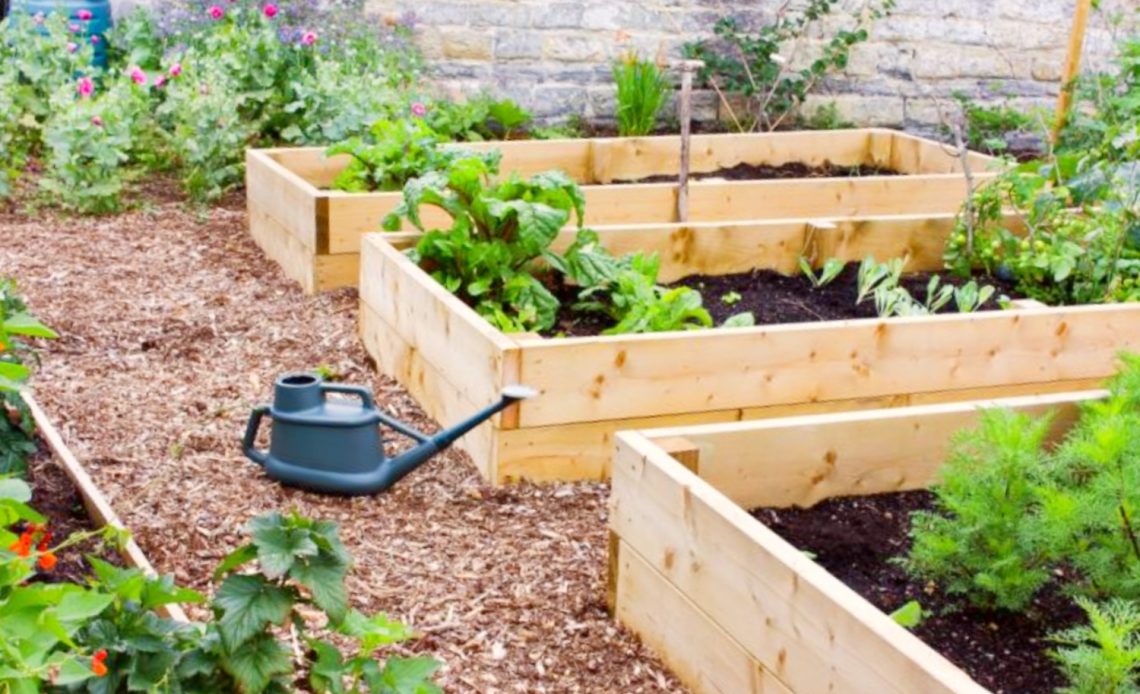

We’re here to help! Wild Yards is a completely free website that is 100% dedicated to helping you create a wildlife-friendly, sustainable yard. Read more
WildYards is reader-supported. When you buy a product through a link on our site, we may earn a comission. Every product is independently selected by our (obsessive) editors and our reviews are unbiased and objective. Read more about our mission or our privacy policy.
Gardening in raised beds has a lot of benefits. No-dig gardens are easier to work with physically because you don’t have to bend down so far to tend to them, and they naturally produce fewer weeds than in-ground gardens. No-dig gardens don’t disrupt native soil and they provide your plants with a loose, porous growing medium that’s easy for them to root into. But no-dig gardening isn’t without its faults. There are several no-dig gardening disadvantages to keep in mind before starting your garden this growing season.
No-dig gardening requires a higher initial cost than gardening in your native soil. That’s because no-dig gardens make use of commercial soils, composts, and mulches. These materials also come with their own sets of risks, including potential bacterial and insect infestation.
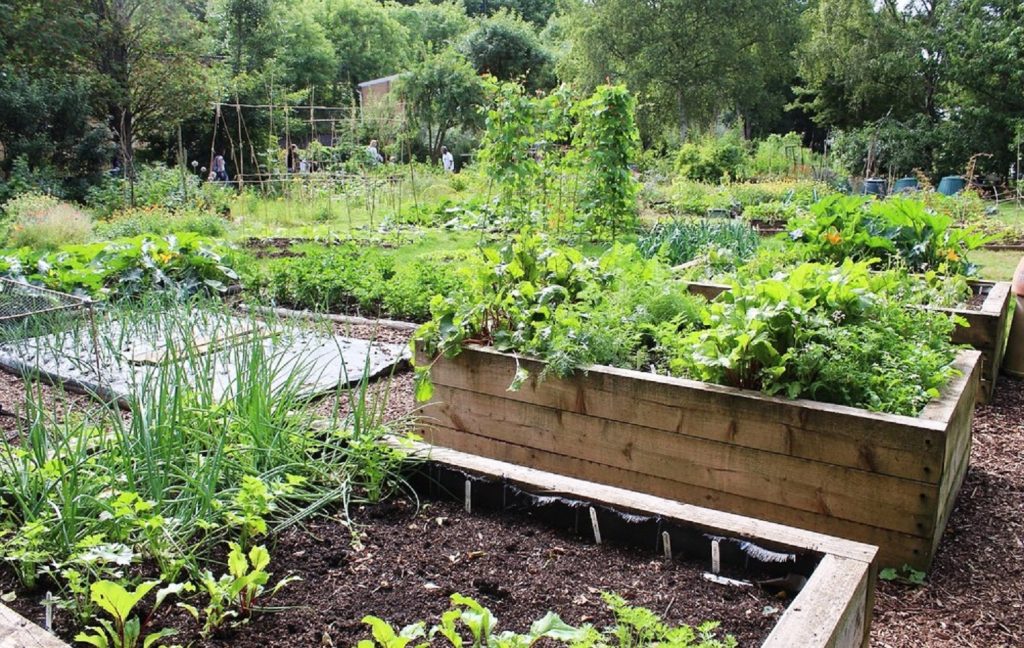
What is no-dig gardening?
Before we talk about some no-dig gardening disadvantages, let’s first define what no-dig gardening is. No-dig gardens are gardens that do not require you to till your native soil. These types of gardens are growing in popularity because they cut down on time and labor. Common types of no-dig gardens include:
- Raised bed gardens — Anything can be used to create raised bed gardens, from old tires to large buckets to wooden crates. Raised garden beds are filled with soil, compost, and other organic materials, and do not require any back-breaking tilling or digging.
- Hugelkultur raised beds — These no-dig gardens start with large raised beds which are then filled with layers of rotting wood, plant debris, compost, and topsoil, all of which support good drainage and oxygen penetration while providing plants with long-lasting nutrition.
- Straw bale beds — Planting veggies in a straw bale provides them with vitamins and minerals as the straw decomposes. A bale of hay typically costs around $10, so straw bale beds are a cost-effective way to garden without having to do any digging.
- Container gardens — Popular with apartment-dwellers who only have a small patio or balcony to grow in, container gardening involves growing vegetable plants in pots. Some plants are better suited to container gardens, including cherry tomato plants as well as herbs like chamomile, rosemary, and basil. But, really, anything can be grown in pots, even watermelons.
- Lasagna raised beds — Called “lasagna beds” because they’re comprised of layers of green matter and brown matter topped off with soil, these no-dig gardens are basically a carefully organized compost heap that provides plants with valuable nutrition over time.
When it comes to no-dig gardening the sky’s the limit. You don’t have to build fancy beds to raise your vegetables, you can use anything. If you can pour soil into it, you can garden with it. But while no-dig gardens have plenty of advantages that make them well worth considering, there are some definite disadvantages to this type of gardening, too.
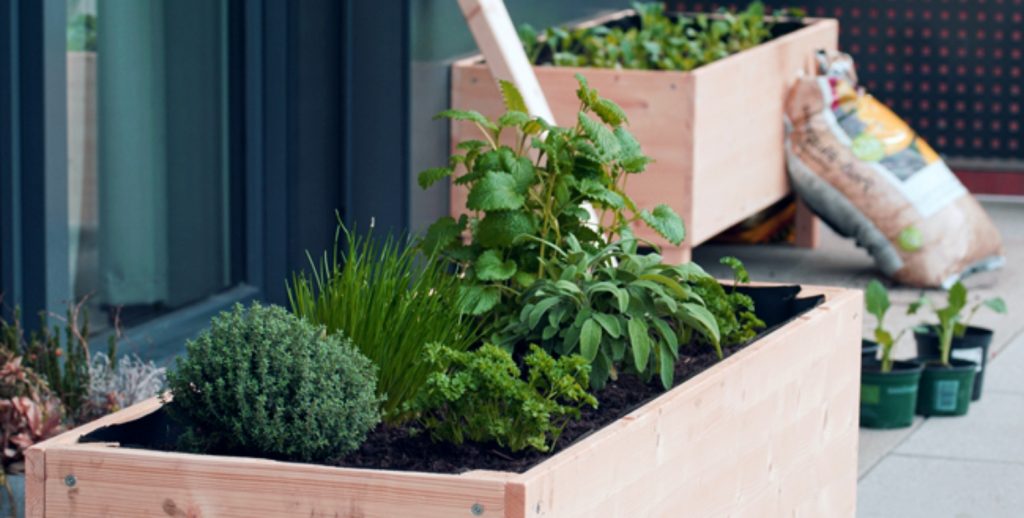
7 Major no-dig gardening disadvantages to keep in mind
Every type of gardening has its pros and cons, and no-dig gardening is no different. So before you commit to a no-dig garden, take a look at these disadvantages and keep them in mind as you plan your garden this growing season.
No-dig gardens can be costly
No-dig gardens save on labor, there’s no two ways about it. But even though you spare yourself the extra work, you often end up paying a huge chunk of change just to get started. Many backyard gardeners choose to build their beds out of treated lumber, which can quickly become costly. And the spending doesn’t stop there.
Once your beds have been built, they must be filled with a growing medium before you can use them. Ordering topsoil and mulch by the dump truck load is much more cost-effective than purchasing bags from your local garden center. But if you only have 3 or 4 small raised beds, ordering soil by the yard is an impractical approach.
Once the beds have been filled with soil, that soil must be enriched with organic matter to provide your plants with the nutrients they need to grow. Even though you can cut down on costs by producing your own compost, it can be difficult to produce the amount of compost needed to fertilize large beds. High-quality compost can be purchased from most nurseries, but unfortunately, it can cost you an arm and a leg. Overall, one of the biggest drawbacks of no-dig gardens is how expensive they can be.
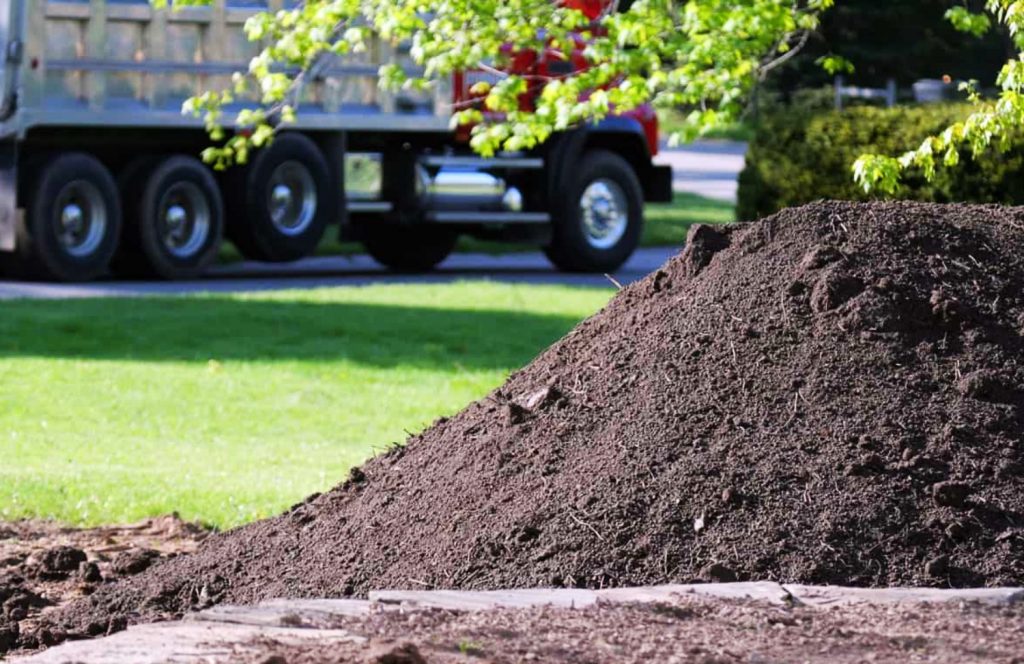
No-dig gardens must be topped off with soil regularly
Every garden should be amended after the growing season. Vegetables take a lot of minerals out of the soil, and if you don’t replace them afterward, there won’t be any nutrients left for new plants to use. But even though all gardens require topping off, no-dig gardens often require significantly more topping off than in-ground gardens.
At the end of the harvest, many gardeners with no-dig gardens simply uproot and discard their old plants. Not only does this take a lot of soil out of the garden, but it also deprives it of valuable nutrition. Unless the old plants are tossed onto the compost heap to be added to the garden soil later, this can add additional costs to the management of a no-dig garden.
By comparison, in-ground gardens can simply be tilled under after the growing season, chopping up old plants and adding them to the soil, where they can be turned into organic matter to feed future fruits and vegetables.
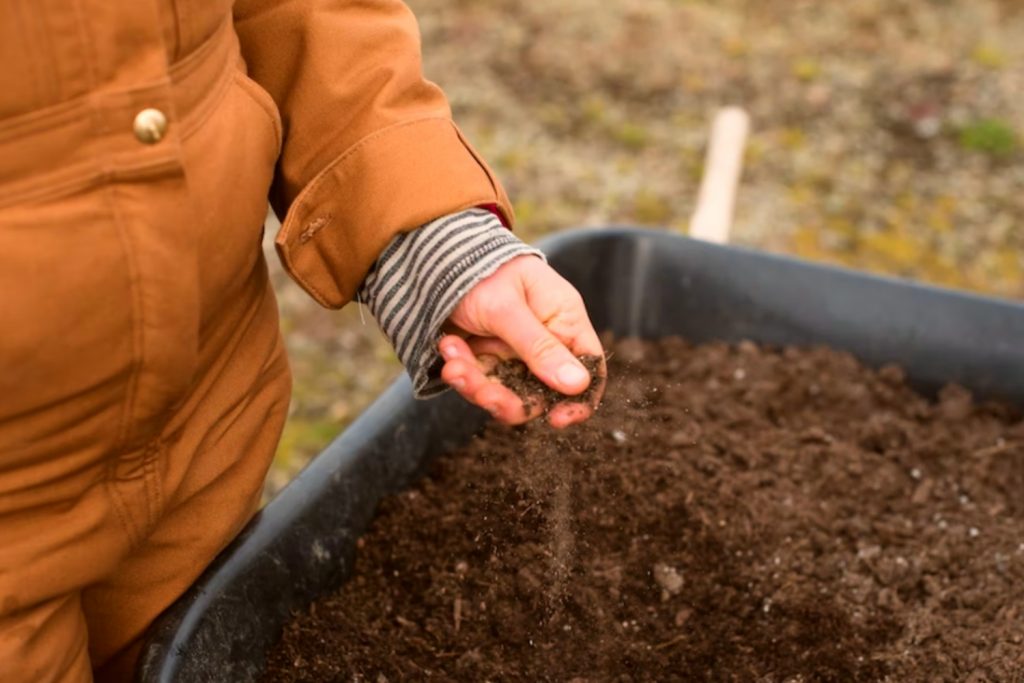
No-dig gardens are immovable
In some cases, no-dig gardens are simply the best way to utilize a space. It’s easier to keep crops organized, and it makes companion planting simpler, too, because you can keep your radishes with your garlic and your ginger with your chili peppers without risking having them interfere with other plants that dislike being grown near them.
But one of the major no-dig gardening disadvantages is that they’re fixed structures that can’t be moved easily. Once you’ve set up your raised garden beds and filled them with soil, they’re a major pain to relocate if you ever decide you want to rearrange your property.
To move no-dig garden beds, you’ve got to scoop out all of the soil. The soil can be piled onto large tarps to prevent waste. The beds must then be dismantled and reassembled in their new home. Once that’s done, the soil can be shoveled back in. If you’re growing a Hugelkultur raised bed, the layers have to be reassembled, adding even more work to this final step.
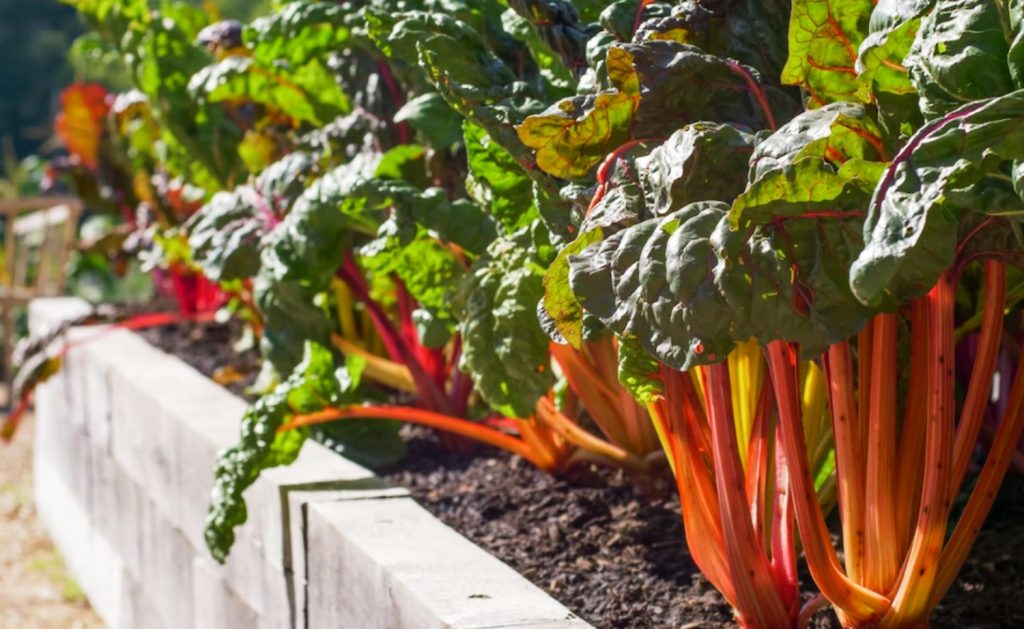
No-dig gardens can be ineffective if improperly executed
Traditional raised beds are usually simple enough to manage, as long as the soil has been enriched with compost to help feed the good bacteria in the soil. But Hugekultur beds, straw bale beds, and lasagna beds are a bit more complicated. These no-dig gardens have to be arranged just so. If they’re not done correctly, they won’t compost properly, meaning your plants won’t have access to the nutrients they need to thrive.
Let’s consider lasagna beds specifically. These beds must contain equal parts brown matter and green matter. The layers must be neat and fairly even, otherwise, they won’t degrade properly. It’s also important to wait until the layers have started to break down before planting. If you transplant your seedlings too early to this type of bed, they won’t have the nutrients they need to grow and produce.
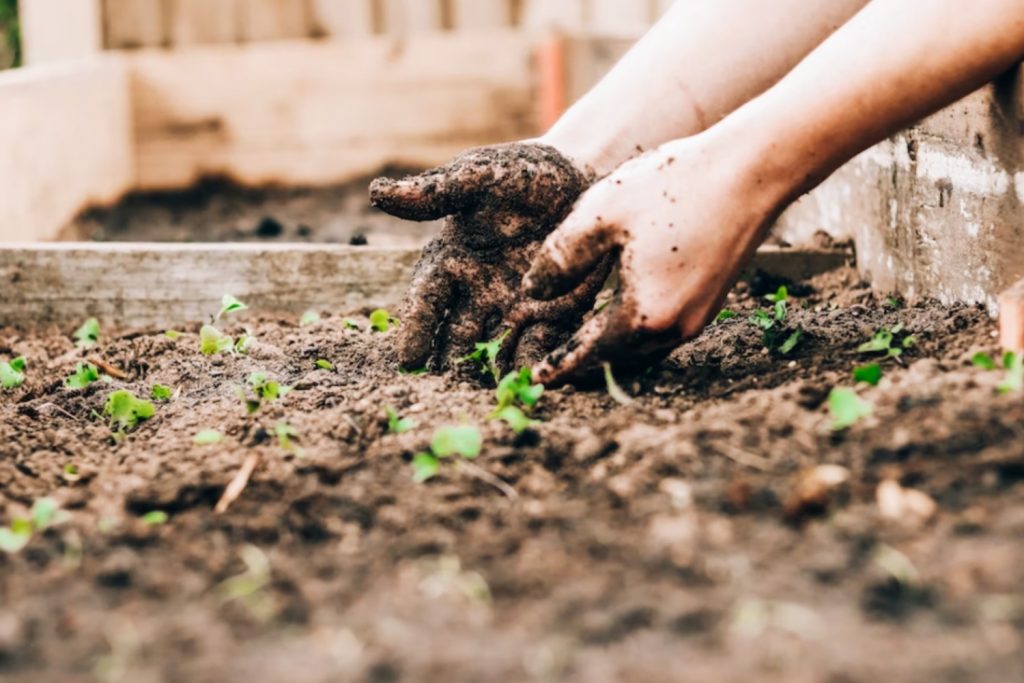
No-dig gardens may not provide plants with enough root space
Because no-dig gardens can be so expensive, it can be tempting to cut corners in an effort to save money. One way that gardeners may choose to lower costs is by making smaller beds. Unfortunately, this can greatly hinder the plants, as most smaller beds do not provide them with enough root space to mature properly.
While many garden vegetables have shallow root systems, including cauliflower, broccoli, and bok choy, other garden favorites have invasive roots that need deep soils to grow into. Tomatoes, watermelons, sweet potatoes, and asparagus all require lots of root space, and will suffer from stunted growth and poor fruit production if they don’t have the room they need.
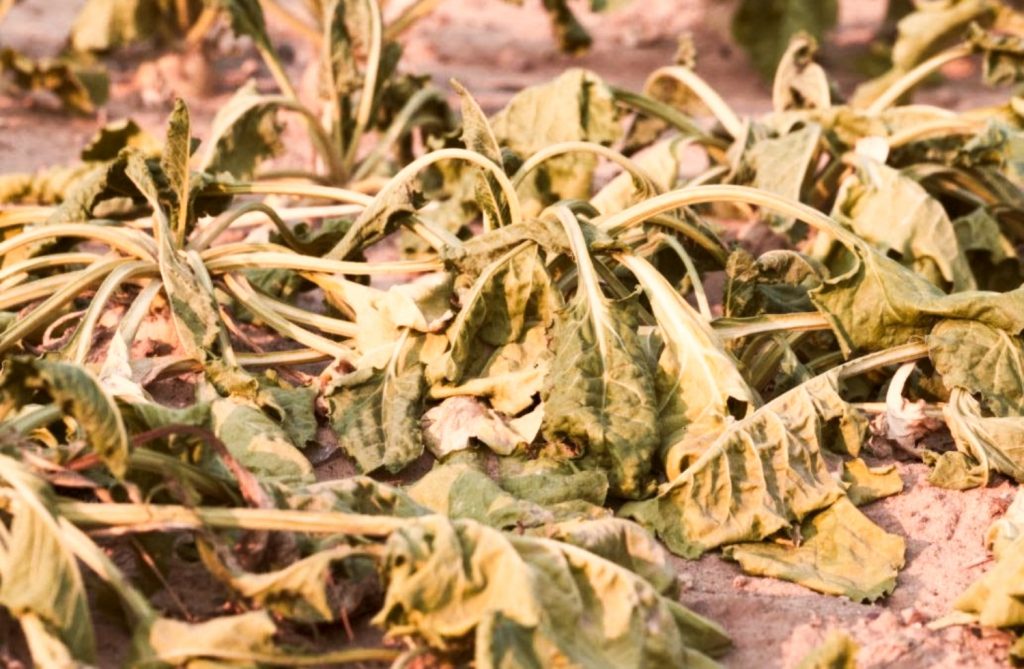
No-dig gardens must be amended carefully
Here’s another instance in which in-ground gardens are at a clear advantage. Whenever you want to amend the soil in an in-ground garden, you can add whatever it is you need (compost, sand, worm castings, etc.) simply by raking it into the soil. You have plenty of room to get in between rows and individual plants to blend your amendments into the growing medium.
But no-dig gardens are much more compact than in-ground gardens. Often, there just isn’t enough space between plants to agitate the soil properly. This makes it difficult to adjust the soil’s pH and other properties quickly.
So if you need to make a raised bed more acidic by adding peat moss, or more alkaline by adding wood ash, you may have to wait until the end of the season to mix these things into the soil well enough to make a difference. Otherwise, you’ll have to add these amendments as a top dressing in layers, which will adjust the soil much more slowly.
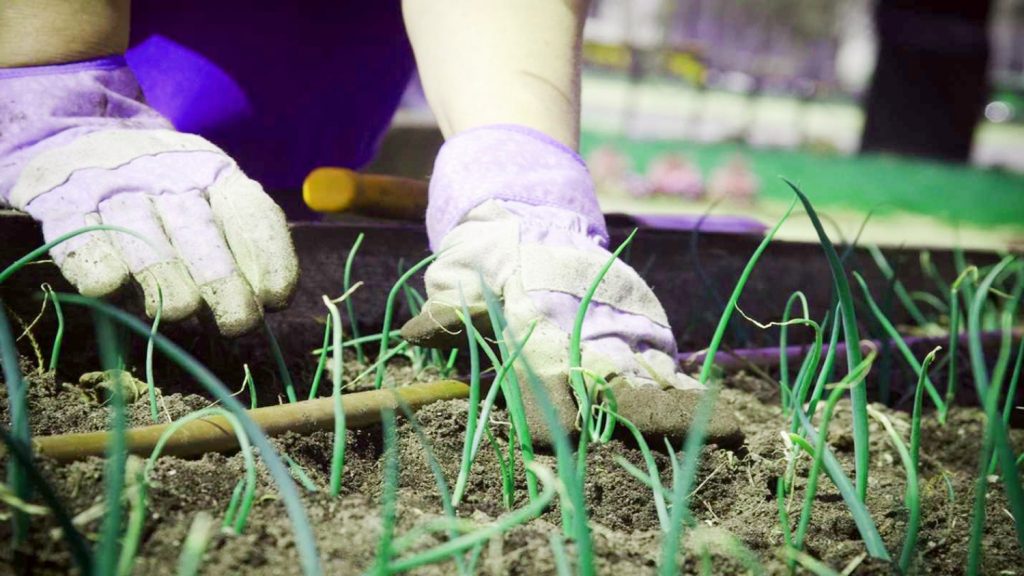
No-dig gardens can require a lot of water
Most garden plants prefer moist soil — not too wet, but not too dry, either. The good thing about no-dig gardens is that they drain very well, so your plants will never sit in water and run the risk of developing root rot. But, this is a double-edged sword. Because they drain so well, these gardens often require more frequent waterings than in-ground vegetable patches.
Using mulch can help counteract these effects. Using dense soil that has less pore space for water to drain through can also improve moisture retention. But often, these measures simply aren’t enough to help significantly. Growing your vegetables right in the ground keeps them hydrated and cuts down on watering time.

No-dig gardens can become infested with slugs
No-dig gardens are notorious for attracting slugs. These garden pests just love to crawl around in moist, warm, nutrient-rich mulch. And once they’re done checking out the soil, they’ll be all too happy to munch on the vegetables and herbs in your garden.
While homemade insect repellent recipes can be tremendously helpful in repelling these pesky bugs, growing your garden straight in the ground can prevent the issue altogether — or, at the very least, curb the problem quite a bit.
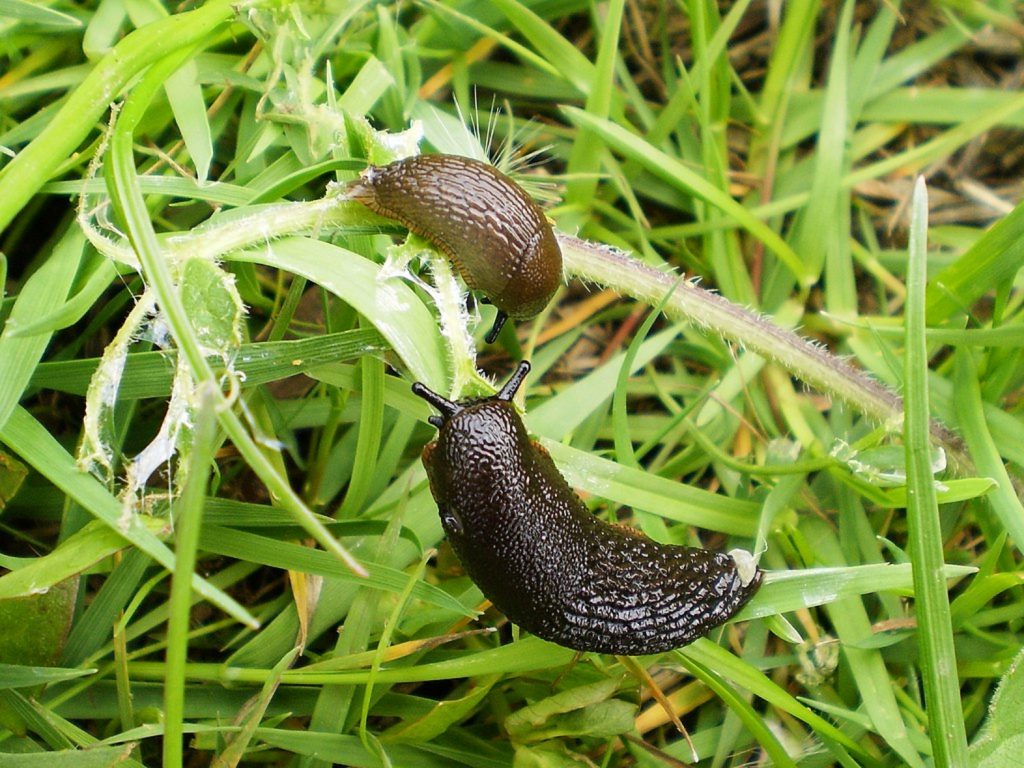
Is no-dig gardening worth the time, effort, and money?
No-dig gardening is fantastic for anyone who doesn’t want to deal with the hassle of working their garden but still wants plenty of fresh fruits and vegetables to enjoy. It’s also a good option for anyone who has more disposable income to spend on their hobby. There are loads of good reasons to consider investing in a no-dig garden. But you should never make a decision without weighing the pros and cons.
Ultimately, whether in-ground gardening is better or worse than no-dig gardening is up to you to decide. But now that you’ve considered these 7 no-dig gardening disadvantages, you’ll be able to make the best decision for your backyard garden’s needs.
